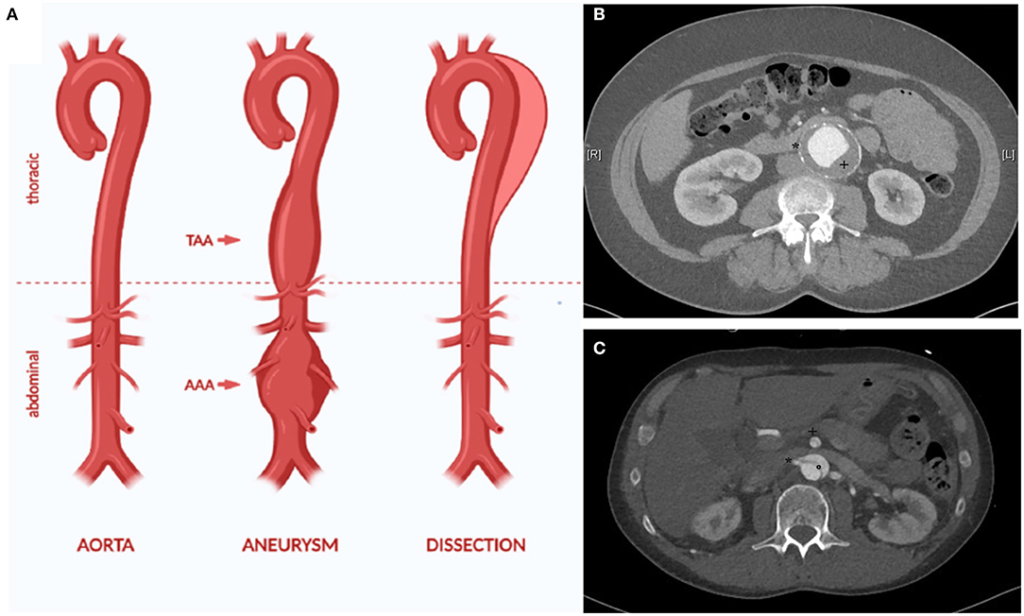Aortic aneurysms, though relatively silent in their early stages, pose a significant threat to one’s health if left undiagnosed and untreated. Understanding the signs and symptoms of this condition is crucial for early detection and timely intervention. In this blog post, we delve into the intricacies of aortic aneurysms, shedding light on their symptoms and the importance of proactive medical attention.

What is an Aortic Aneurysm?
The aorta, the largest artery in the body, carries oxygen-rich blood from the heart to the rest of the body. An aortic aneurysm occurs when a weakened area of the aortic wall balloons or bulges out, potentially leading to a rupture if left untreated. This condition can affect any part of the aorta, including the abdominal and thoracic regions.
The Silent Nature of Aortic Aneurysms
One of the most challenging aspects of aortic aneurysms is their silent progression. In many cases, individuals may not experience any noticeable symptoms until the aneurysm grows large enough to cause complications. This silent nature underscores the importance of routine screenings, especially for individuals at higher risk, such as those with a family history of aortic disease or certain genetic conditions.

Signs and Symptoms to Watch For
While aortic aneurysms may not always present with obvious symptoms, there are certain signs that individuals should be mindful of:
- Pain or Discomfort: Some individuals may experience persistent or severe pain in the chest, abdomen, back, or flank area. This pain may be dull, throbbing, or sharp in nature and can indicate a potential issue with the aorta.
- Pulsating Mass: In some cases, a pulsating sensation or visible bulge in the abdomen may be observed. This can occur as the aneurysm enlarges and puts pressure on surrounding structures.
- Shortness of Breath: As an aortic aneurysm grows larger, it can compress nearby organs, including the lungs, leading to symptoms such as shortness of breath or difficulty breathing.
- Other Symptoms: Additional symptoms may include dizziness, lightheadedness, fainting, and gastrointestinal issues like nausea and vomiting.
Seeking Medical Attention
If you experience any of the aforementioned symptoms, it’s crucial to seek prompt medical attention. Aortic aneurysms can be diagnosed through various imaging tests, including ultrasound, CT scans, and MRIs. Early detection allows for timely intervention, which can help prevent complications such as rupture or dissection.
Conclusion
Aortic aneurysms may lurk silently within the body, but awareness of their signs and symptoms is key to early detection and effective treatment. By staying informed and proactive about your health, you can take the necessary steps to safeguard against the potential risks posed by this condition. Remember, listening to your body and seeking medical attention for any concerning symptoms can make all the difference in preserving your well-being.


……